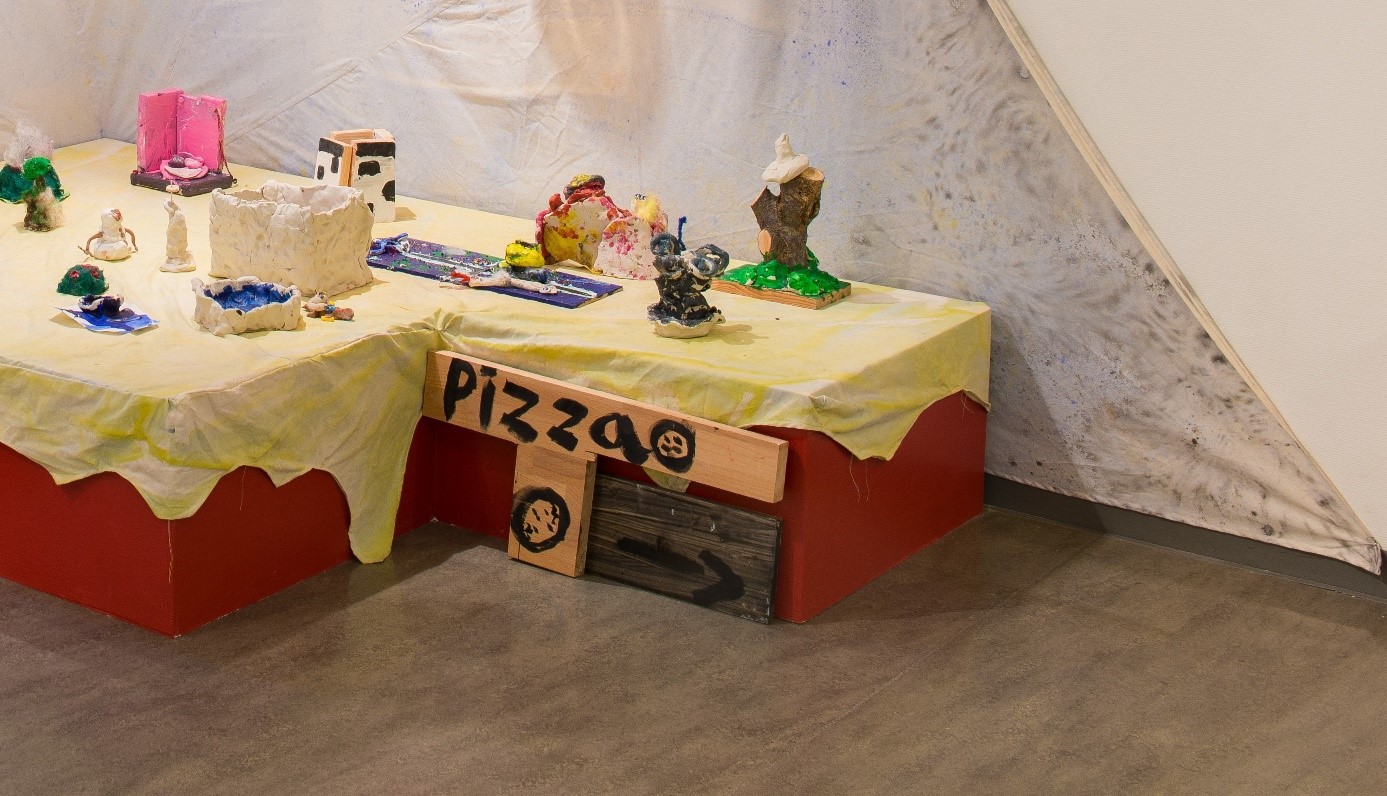A sign that tries to be a sign
About art production in cooperation between small and large beings
DOI:
https://doi.org/10.7577/information.3913Abstract
This article departs from a participatory art project with a group of children and a professional artist, driven by the urge to explore invested attempts of horizontality in art production. The intention of the project was to explore whether equality and horizontality in art production is possible, and if so in what ways, and to investigate the outcomes of collaborative art production consisting of asymmetric relations. With the use of participant observation, interviews and photo documentation, both the article and the artwork are analysed. An exploration of equality and horizontality shows that the attempts ended precisely as attempts, rather than actual horizontality. Departing from this, the article discusses quality assessment of both process and results in participatory art projects. Experiences from our specific project indicate a mutual dependence between aesthetic and social aspects in quality assessments, thus questioning the separation of aesthetic and social aspects, with reference to Claire Bishop, Grant Kester and David Bell.

Downloads
Published
How to Cite
Issue
Section
License
Authors who publish with this journal agree to the following terms:
- Authors retain copyright and grant the journal right of first publication with the work simultaneously licensed under a Creative Commons Attribution License that allows others to share the work with an acknowledgement of the work's authorship and initial publication in this journal.
- Authors are able to enter into separate, additional contractual arrangements for the non-exclusive distribution of the journal's published version of the work (e.g., post it to an institutional repository or publish it in a book), with an acknowledgement of its initial publication in this journal.
- Authors are permitted and encouraged to post their work online (e.g., in institutional repositories or on their website) prior to and during the submission process, as it can lead to productive exchanges, as well as earlier and greater citation of published work (See The Effect of Open Access).